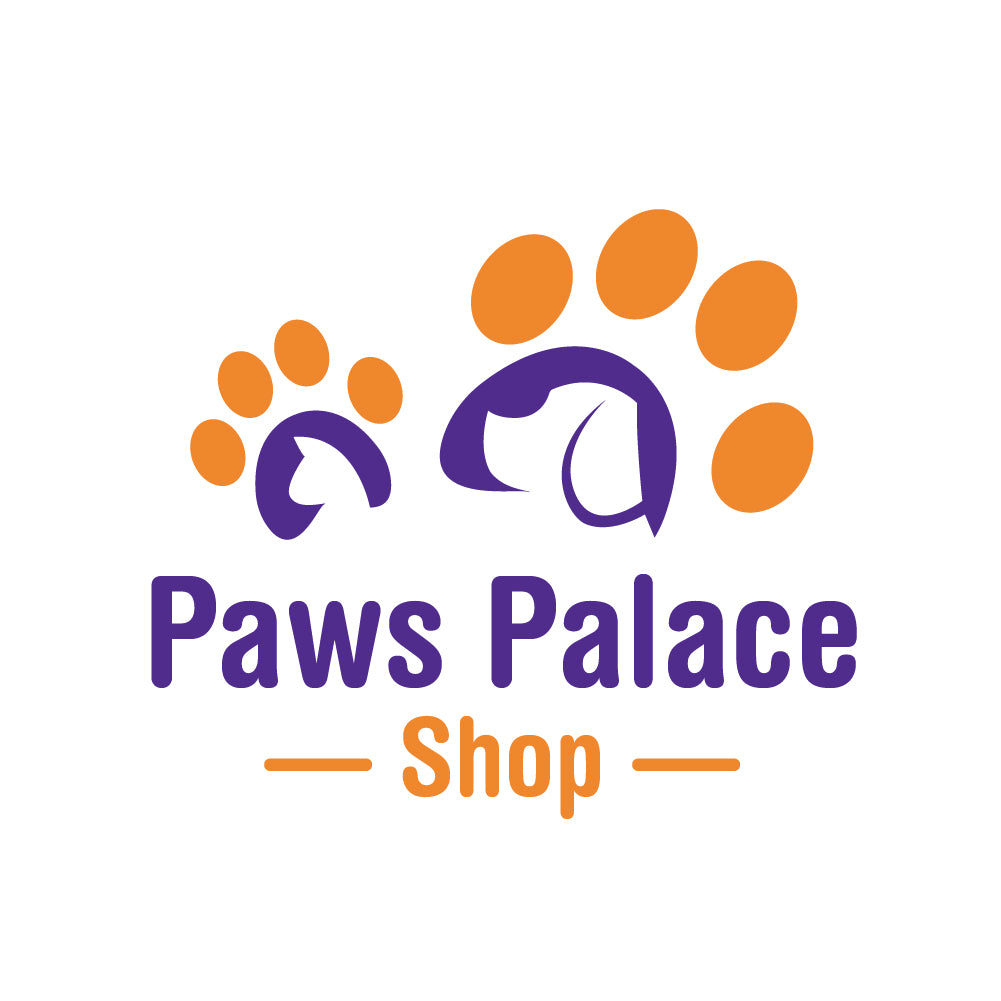Imagine this: you're standing in the pet food aisle, your gaze sweeping over the brightly colored labels and promises of “complete nutrition” for your furry friend. But how much do we really know about what goes into our cats' food? Today, I’m pulling back the curtain to reveal some startling truths that could change the way you look at that bag of cat chow.
The Hidden Ingredients in Commercial Cat Food
First up, let’s talk about the ingredients list on your typical bag of cat food. You might be surprised to find things like meat by-products, grains, and a cocktail of preservatives making up the bulk of what we feed our feline overlords. These ingredients, often sourced from less than savory origins, are far from the fresh chicken or fish you might envision. The reason? Cost efficiency and shelf stability. But at what cost to our cats' health? For an in-depth look at commercial cat food ingredients, check out this comprehensive guide by the Association of American Feed Control Officials (AAFCO).
The Nutritional Misconceptions
Many cat owners operate under misconceptions about feline nutrition that have been perpetuated by marketing rather than science. For instance, the belief that cats need dry food for their teeth is widely spread but not supported by veterinary science. Cats, obligate carnivores, require a diet high in protein and moisture—requirements that dry kibble often fails to meet. Cornell University's College of Veterinary Medicine provides excellent resources on feeding your cat properly.
The Truth About Grain-Free Diets
Grain-free diets became all the rage after the dog food recall in the mid-2000s, and the trend quickly spread to cat food. While it's true that cats have little to no dietary requirement for grains, the alternatives used in grain-free foods—like potatoes and peas—aren’t necessarily better and can lead to other health issues. The key is balance and meeting your cat’s specific nutritional needs, not following the latest trend. The American Veterinary Medical Association has guidelines on understanding your cat's nutritional needs.
The Cost vs. Quality Dilemma
We’ve all wondered if the more expensive cat food is really worth it. While price can sometimes be an indicator of quality, it’s not a hard and fast rule. The best approach is to learn how to read labels effectively. Look for foods where a specific type of meat (e.g., chicken, beef, or fish) is the first ingredient, and be wary of foods with a long list of chemical additives. For those looking to dive deeper into what makes a quality cat food, PetMD's guide on reading cat food labels is invaluable.
Homemade Cat Food: A Viable Alternative?
With all these concerns about commercial cat food, it’s no wonder that some owners consider making their cat's food at home. This can be a fantastic way to ensure your cat is getting quality ingredients. However, it requires careful research and planning to ensure the diet is nutritionally complete. Always consult with a vet or a pet nutritionist before going down this route. The Feline Nutrition Foundation offers great starting points for those considering homemade cat food.
Conclusion
Unveiling these secrets isn't about scaring you into changing your cat's diet overnight. It's about empowering you to make informed decisions about what you’re feeding your beloved pet. Nutrition is the cornerstone of health, and with the right knowledge, we can make choices that promote our cats' wellbeing.
Call to Action
Have you encountered any surprising facts about cat food? Or do you have tips for fellow cat owners navigating the complex world of pet nutrition? Share your thoughts and experiences in the comments below. And if you’re looking for more insightful pet care tips, don’t forget to follow us on our social channels!

